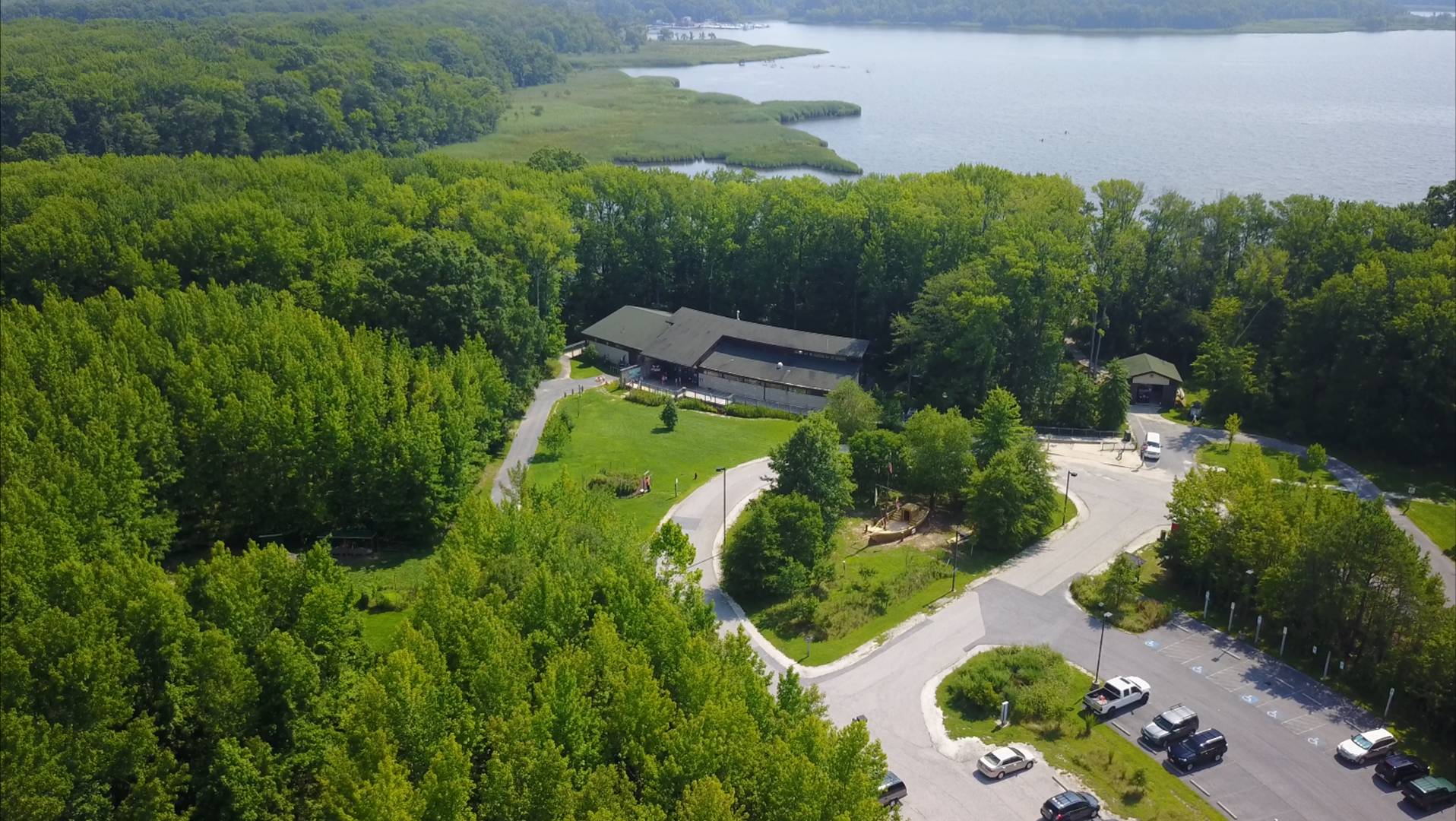From a pond in Crofton almost twenty years ago, to Dundee Creek today, the northern snakehead is here to stay.
These fish are native to Asia, including parts of China, Russia, and Korea. Snakeheads have a series of unique adaptations that make them both effective aquatic predators and a very successful invasive species.
When they first appeared in Maryland, they were dubbed “The Frankenfish” and even became the subject of a made-for-TV movie. Snakeheads are able to breathe air and may be able to survive several days out of the water.
A single, female snakehead may lay 100,000 eggs per year, and young are guarded by the parents. We have observed several swirling “bait balls” of baby snakeheads around the dock at Marshy Point, under the watchful eyes of the larger parent fish.
The snakehead has become the most popular fish on Dundee Creek. On a warm Summer day, we sometimes see as many as a dozen people fishing from kayaks—throwing frog- or mouse-shaped lures into tangled mats of submerged aquatic vegetation (SAV) along the shoreline. While we don’t allow fishing from the dock or shoreline, people stalk snakeheads from kayaks, canoes, small boats, and even with bow and arrow. Unlike some popular gamefish that are caught for sport but not to eat, the snakehead is also known to be delicious.
Questions remain about how the big appetites of snakeheads will impact the environment in the long term. But the collapse and destruction of all other fish populations—which was grimly predicted in 2002—has not occurred. It is worth noting, however, that another highly-sought gamefish—the largemouth bass—is also not native to our area.
While introducing species to places they do not belong is almost never a good idea, the snakeheads of Dundee Creek do provide hours of fishing enjoyment to hundreds of people over the Summer.

